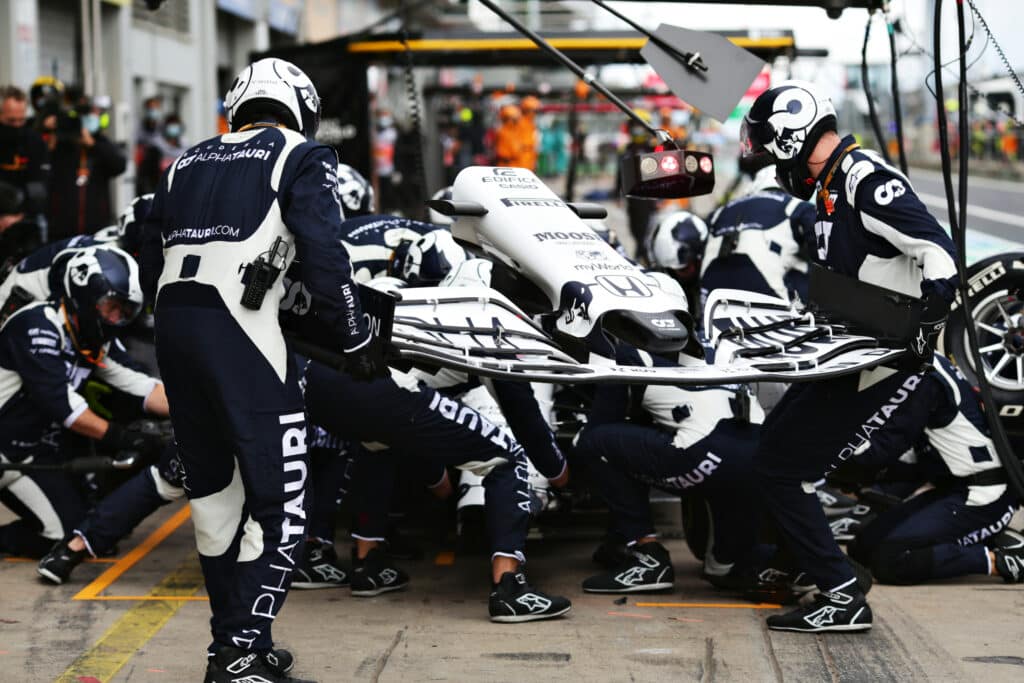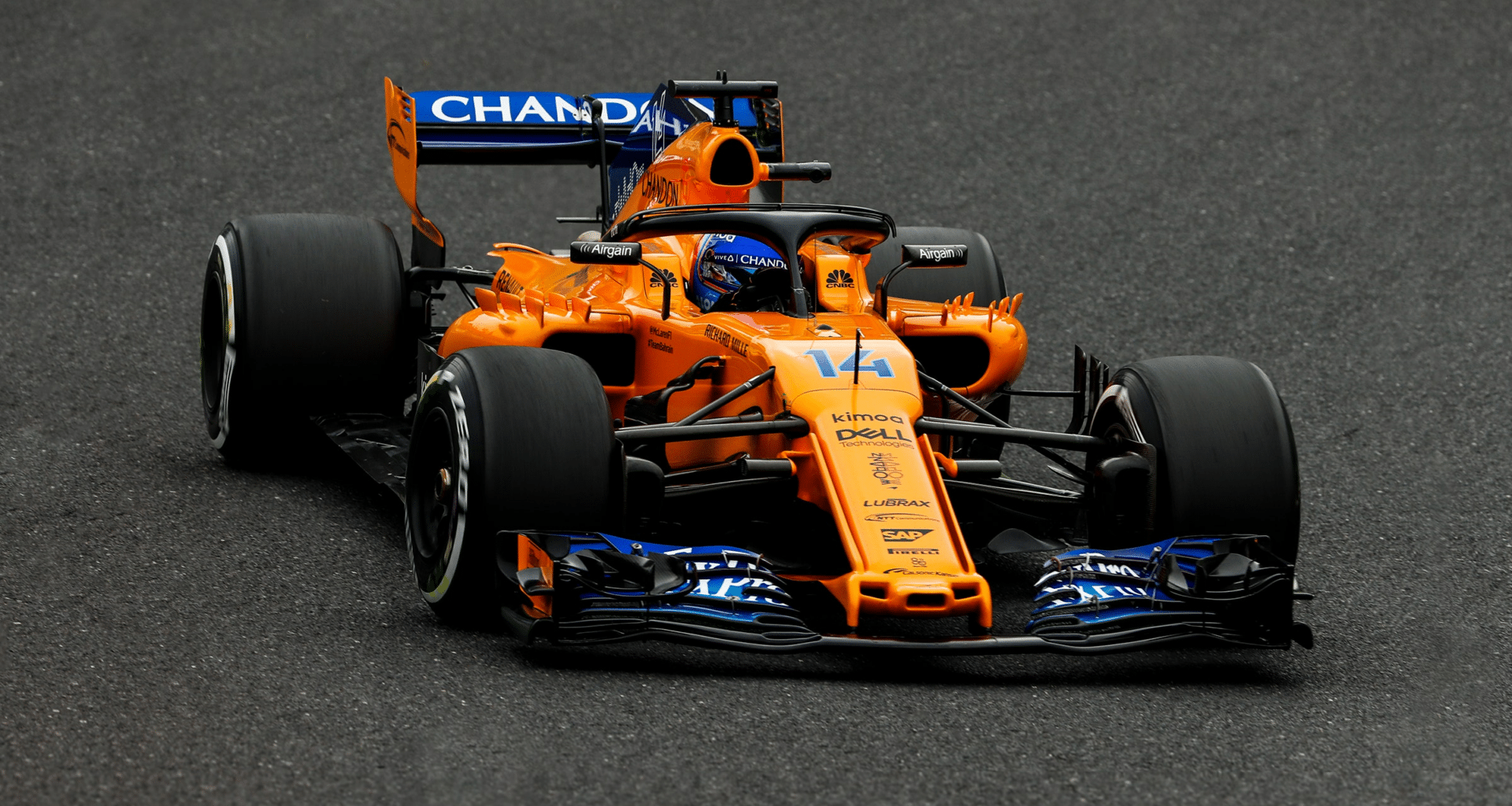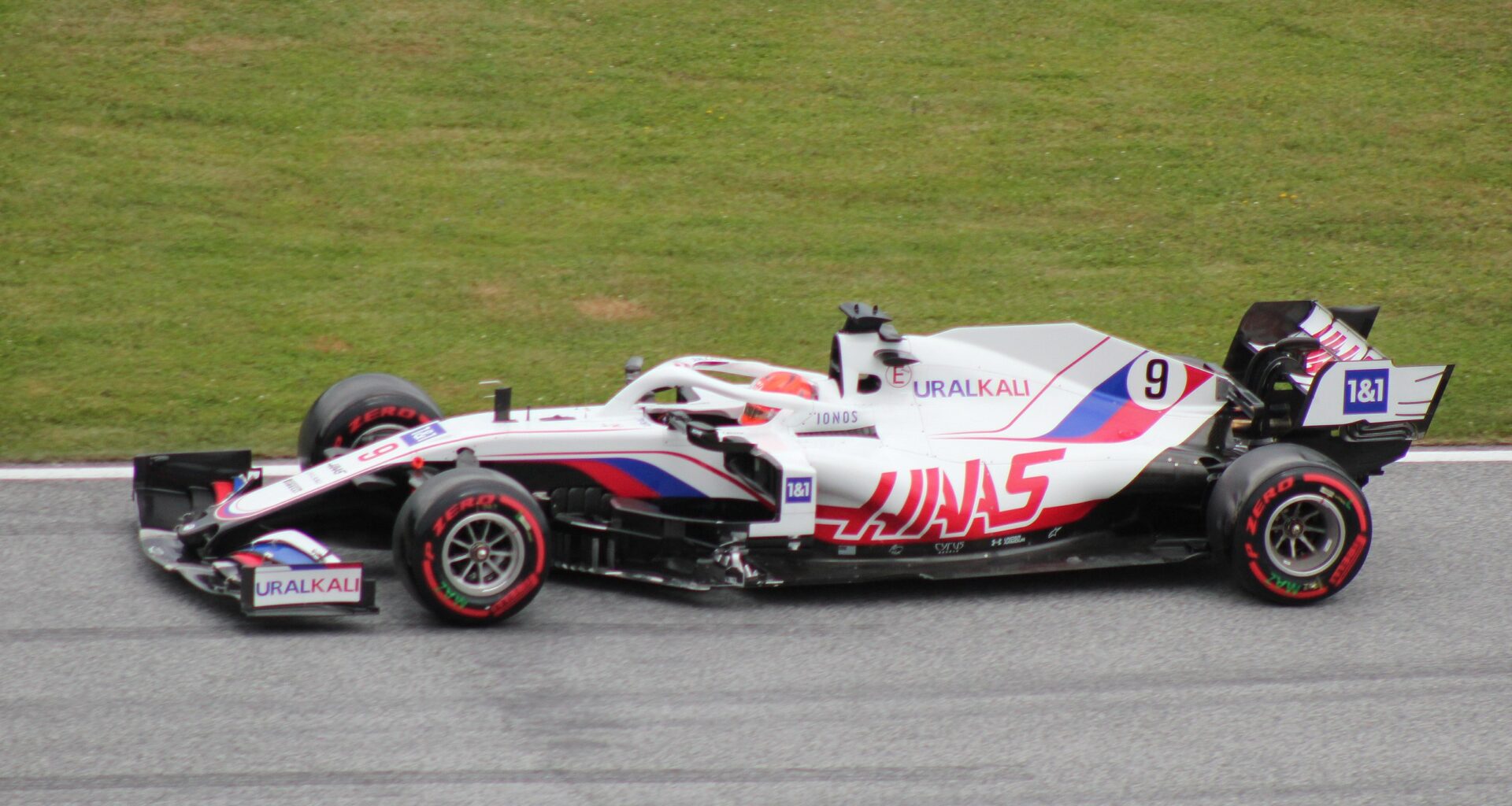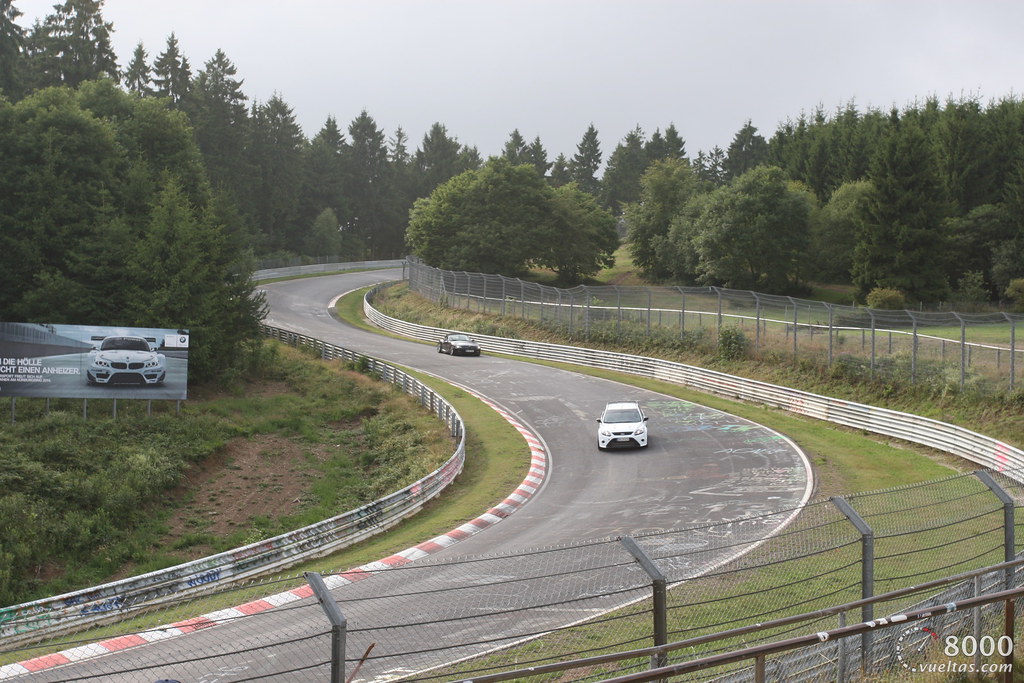Formula 1 is a fast-paced, competitive motorsport where vehicles are built to reach top speeds of more than 300 km/h under diverse circumstances.
The performance, handling, and efficiency of these racing vehicles are greatly influenced by aerodynamics.
The front wing stands out as one of the most important elements among the several parts that go into the car’s aerodynamics.
The front wing has several functions.
Its main job is to provide downforce, which keeps the car firmly attached to the track, especially when cornering quickly.
But the front wing also has a big impact on how the airflow surrounding the automobile is managed and directed, especially towards crucial parts like the cooling, braking, and suspension systems.
In-depth analysis of the front wing’s role in Formula 1 aerodynamics and its development over time is provided in this article.
Table of Contents
- 1 The Evolution of the Front Wing in Formula 1
- 2 Front Wing Components and Their Functions
- 3 Generating Downforce: Understanding the Physics of the Front Wing
- 4 Impact of the Front Wing on Overall Car Performance
- 5 Balancing Aerodynamics, Drag, and Tyre Management
- 6 Formula 1 Regulation Changes and Their Effects on Front Wing Design
The Evolution of the Front Wing in Formula 1
The front wing of the automobiles has changed significantly over time in terms of both appearance and utility.
The primary function of the front wings during the early years of Formula 1 was to provide downforce.
But as the sport developed and teams made more of an effort to comprehend and enhance the overall aerodynamics of their vehicles, the front wings’ designs grew more sophisticated and complex.
Modern front wings are made of carbon fiber, a strong, lightweight material that can be shaped into complex designs.
Technical guidelines, improvements in materials and production methods, and the constantly evolving understanding of aerodynamics are only a few of the elements that have an impact on the design of the wing.
As a result, the front wings on modern Formula 1 vehicles are now among the most important and intricate parts, and they play a significant role in the vehicle’s performance.
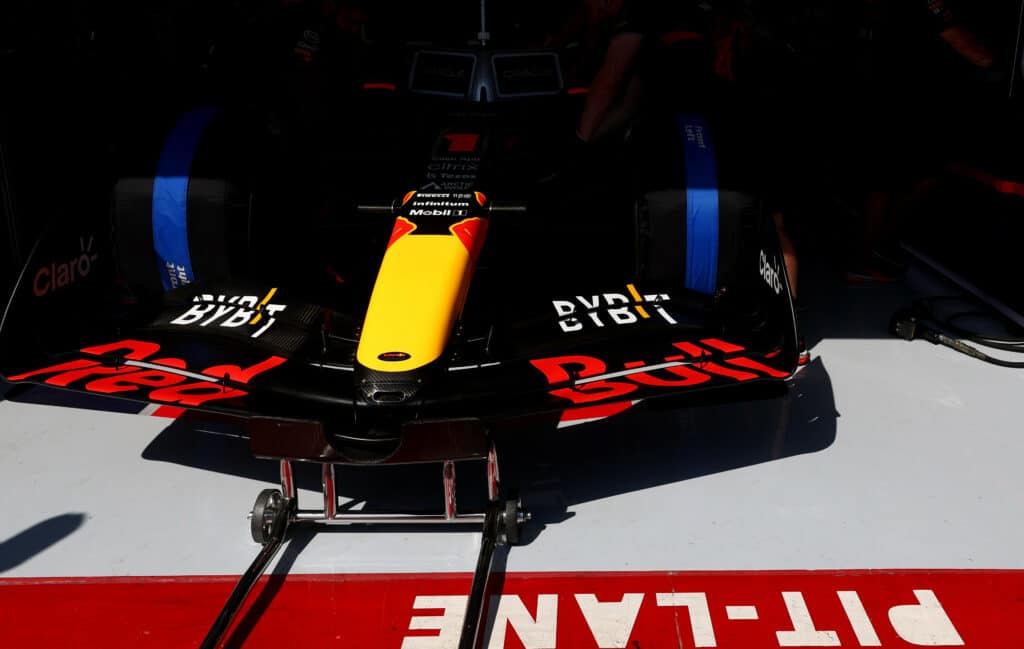
Front Wing Components and Their Functions
The mainplane, flaps, and endplates are among the smaller parts that make up the front wing.
Each of these components has a particular purpose and enhances the car’s overall performance.
- The mainplane is the largest and most prominent part of the front wing, extending across the car’s entire width. Its primary purpose is to generate downforce, ensuring that the car remains firmly grounded at high speeds.
- The flaps (or winglets) are smaller, adjustable components attached to the mainplane. These flaps can be adjusted to fine-tune the airflow around the car, optimizing its aerodynamic efficiency and downforce generation.
- The endplates are vertical elements located at the mainplane’s outer edges. They serve to funnel airflow around the car’s front tyres, reducing drag and improving overall aerodynamics. Endplates also help stabilize the front wing and prevent air from spilling over the sides.
Generating Downforce: Understanding the Physics of the Front Wing
The force that an automobile produces as it is being pushed downward toward the track surface is known as downforce.
Downforce is essential in Formula 1, as it boosts the tyre’s grip and enables faster cornering and greater control at high speeds.
By modifying the airflow surrounding the vehicle, the front wing produces downforce.
Because of the wing’s distinctive, curving design, there are high and low pressure zones above and below it.
The automobile is kept firmly in place on the track by the downward push produced by the pressure differential.
In addition, depending on the requirements of a race or circuit, the angle of attack of the front wing can be changed to produce more or less downforce.
Impact of the Front Wing on Overall Car Performance

Even little adjustments to the front wing’s design, construction, or settings can have a substantial impact on the vehicle’s performance.
As a major contributor to the vehicle’s overall downforce, the wing directly affects the car’s ability to turn.
Additionally, the front wing is crucial in controlling the airflow around the automobile and directing it to other important parts like the engine and brakes.
In addition to lowering drag and increasing top speeds and fuel efficiency, a well-designed front wing can make a car faster and more competitive on the track.
Balancing Aerodynamics, Drag, and Tyre Management
Finding a delicate balance between several aspects is necessary for the design of an efficient front wing.
For instance, producing more downforce often results in an increase in the car’s overall drag, which lowers top speeds and fuel economy.
On the other hand, reducing drag can limit the amount of downforce produced by the wing, which would be detrimental to handling and cornering capabilities.
The front wing’s design can also have a big impact on tyre management.
By directing airflow away from the front tyres and lessening the detrimental effects of turbulent air on the tyre’s performance and lifespan, an adequately designed wing helps maintain tyre performance.
Formula 1 Regulation Changes and Their Effects on Front Wing Design
The front wing’s structure and operation have been directly impacted by several regulatory revisions that Formula 1 has experienced over the years.
The restrictions on things like wing size, shape, and building materials force teams to continuously adapt and develop.
In order to encourage closer racing and improved passing opportunities on the track, recent regulation revisions, for instance, have resulted in broader and simpler front wings.
Therefore, given the limitations of these restrictions, designers and engineers must always come up with innovative ways to enhance the performance of the front wing.
